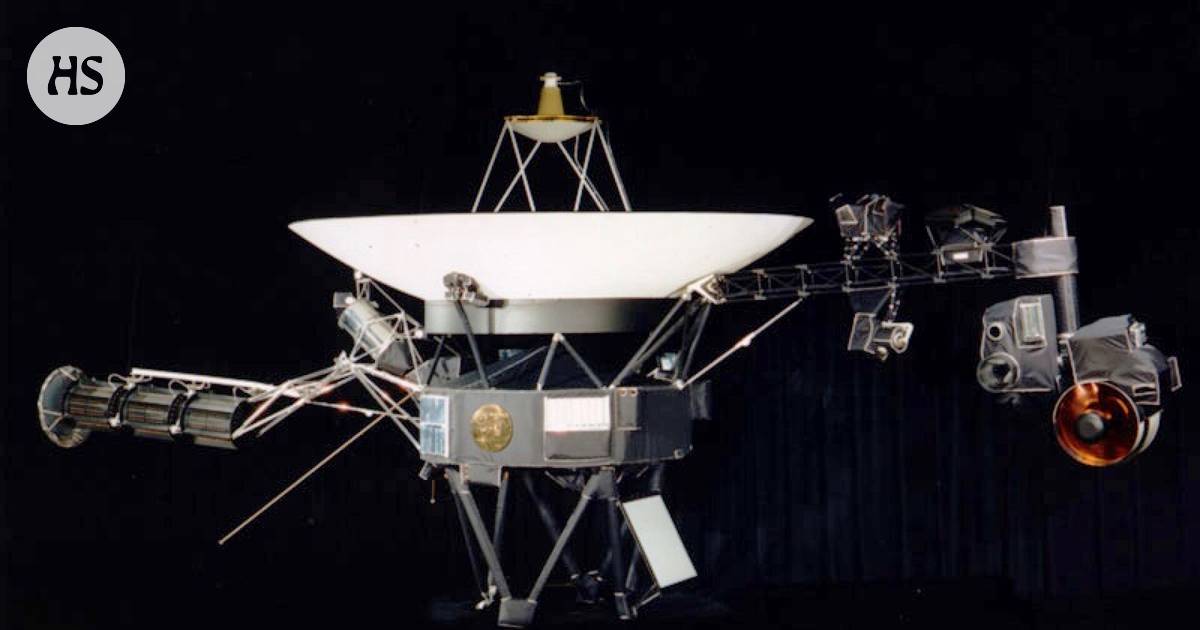The Voyager 1 spacecraft, which is the farthest human-made object sent into space, had stopped transmitting readable data in mid-November but continued to receive commands. In March, teams at NASA’s Jet Propulsion Laboratory discovered the faulty chip that was causing the transmission issue and developed a coding solution to fix the problem within the probe’s old computer system memory limitations.
Now, the Voyager 1 probe is sending actionable information about its technical systems’ health and status back to Earth. The next step is to enable the spacecraft to transmit scientific data once again. Launched in 1977, Voyager 1 became humanity’s first spacecraft to reach interstellar space in 2012 and is currently over 15 billion miles away from Earth. Messages take about 22.5 hours to reach the probe.
Voyager 2, which also left our solar system in 2018, contained a gold-plated copper plate with a map of our solar system and a radioactive clock to determine its launch date. Carl Sagan led a committee that selected the contents of the discs, which include images of life on Earth, music, and sounds. The Voyager probes are expected to continue roaming the Milky Way in silence after their power sources run out around 2025.
The repair method used by NASA for Voyager 1’s faulty chip has been hailed as an ingenious solution that has brought hope back to scientists studying this distant spacecraft. This repair method serves as an example of how resourcefulness and innovation can lead to unexpected solutions in even the most challenging situations.



